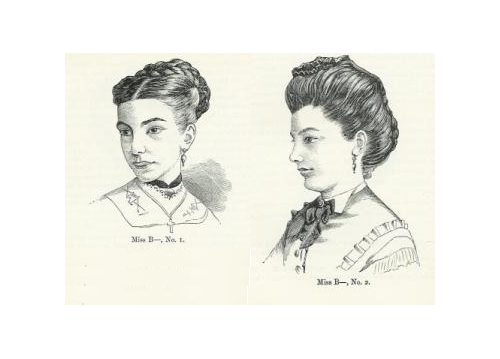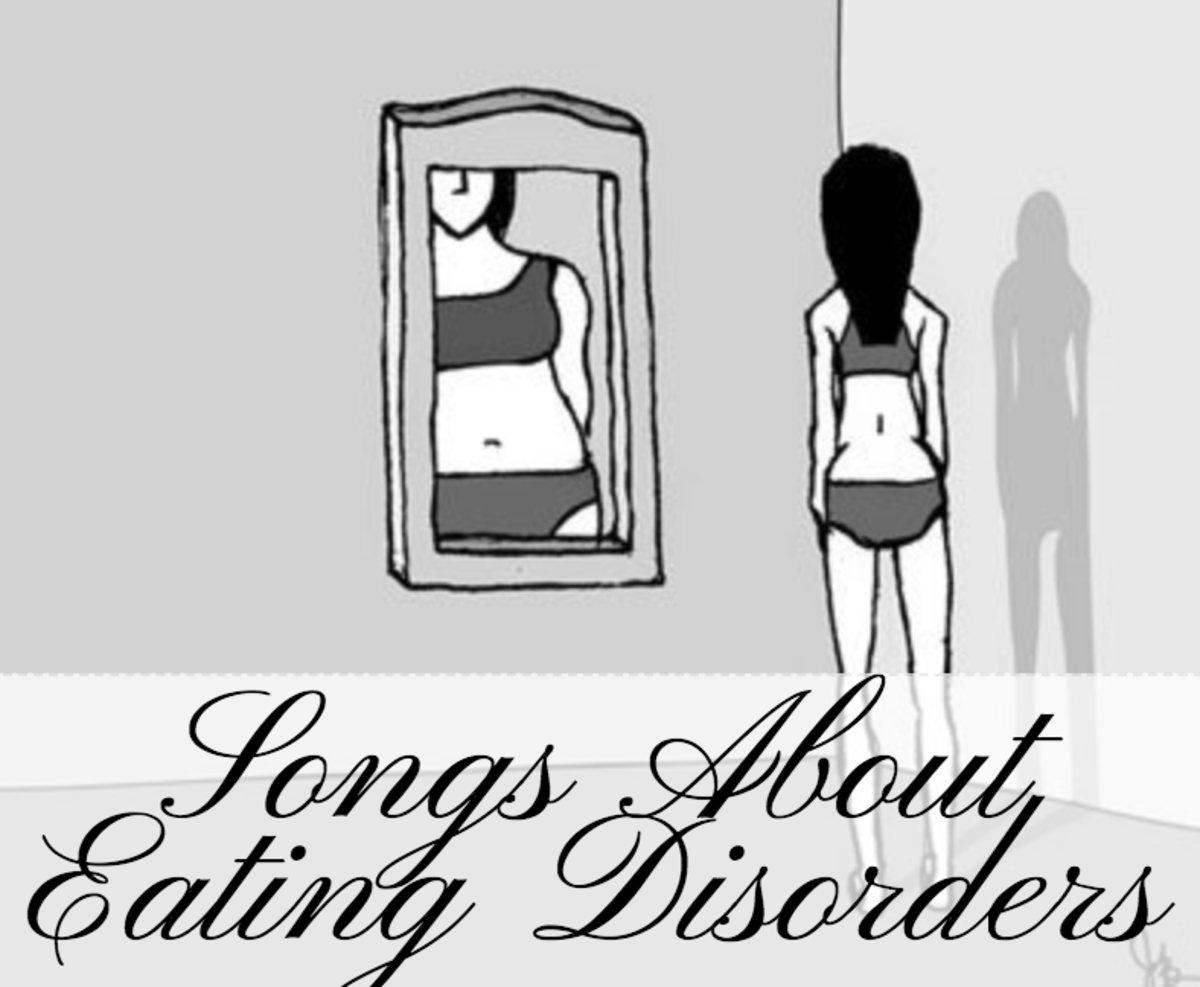Do Media Images of Thin Women Really Cause Anorexia?
Anorexia is often thought of as a Western disease and the media is often blamed for causing it. From an early age young girls are bombarded with images of impossibly thin women on magazine covers and on TV. Only about 5% of women have the natural body shape that's portrayed as desirable by popular culture. Feminists have harshly attacked the media for putting unhealthy pressure on girls and women to be too thin. The argument that the media causes anorexia may seem like an open and shut case, but there are some serious problems with it.
Anorexia Statistics
Eating disorders have the highest mortality rate of any mental illness
- 5-10% of anorexics die within 10 years after contracting the disease
- 18-20% of anorexics will be dead after 20 years and
- Only 30-40% ever fully recover
The mortality rate associated with anorexia nervosa is 12 times higher than the death rate of ALL causes of death for females 15-24 years old.
Only 1 in 10 people with eating disorders receive treatment
About 80% of the girls/women who have accessed care for their eating disorders do not get the intensity of treatment they need to stay in recovery – they are often sent home weeks earlier than the recommended stay
Source: http://www.state.sc.us/dmh/anorexia/statistics.htm
Eating disorders like anorexia, bulimia, and binge eating are nothing new. The term anorexia nervosa was coined in 1873 by Sir William Gull MD. This was during Victorian times, long before media images of Photoshopped models and at a time when women didn't wear revealing clothing. Some people who suffer from eating disorders have never seen media images of perfect women because they have been blind since birth.
Anorexia is now showing up in developing countries like China, South Africa, and India. But it's also been found in rural Africa in an area without access to media images, where young women don't face weight-related pressures. Doctors from Edinburgh tested female students at a school in rural Ghana. The girls weren't considered poor and they had access to food. Some of the girls were found to be underweight due to self-imposed food restrictions. They said they dieted when they felt stressed or because it gave them a feeling of self-control.
Why Blaming the Media for Eating Disorders Persists
Most American women diet and that sometimes includes extreme methods like severe caloric restrictions and purging. Many cite media images as a reason for dieting. However, we also live in a society with excess amounts of food, much of it fattening. Even without media images, people may still feel pressure to diet when they start putting on weight. Popular culture may not be solely to blame. Women in the 1800's wore corsets to appear unnaturally thin, so society clearly had an obsession with thinness prior to the development of modern mass media. It's possible that media images are reflecting society's expectations rather than society reflecting media images.
Most girls and women who engage in extreme dieting don't develop eating disorders. If a majority of girls diet but only 4% develop an eating disorder something else must be going on. So, why do many people persist in blaming the media for eating disorders? Probably because they're confusing dieting with eating disorders.

Dieting and eating disorders are completely different things. Eating disorders are a mental illness. There's a genetic component to them and they often run in families.
The genetic research seems to indicate that some people -- mostly, though not all, female -- may have a latent vulnerability to eating disorders, which might never be "turned on" if they weren't exposed to particular influences, just as a predisposition to alcoholism can remain latent unless the person takes a drink. Since in our culture today, dieting behaviors are more intense, it's exposing that latent vulnerability more now than in previous generations
-- Anorexia and Bulimia: Cracking the Genetic Code, webmd.com
Anorexia is the most deadly mental illness. One in 5 sufferers dies within 20 years from their illness. Many anorexics say their disorder was triggered by a loved one, such as a parent, grandparent, friend, or boyfriend. A mother may pressure a daughter to lose weight. But that mother may have an undiagnosed eating disorder herself.
Eating Disorders Are a Mental Condition
It's worth repeating that eating disorders are a mental illness. Sufferers often have an intense fear of food. Carrie Arnold wrote about her experiences with anorexia in Let me repeat myself: The media doesn’t cause EDs:
...I knew that most ads were digitally altered and that bodies – real bodies – didn’t look a thing like what was portrayed on the pages of glossy magazines. Weighing roughly half of what I currently do, what I did know was that I was terrified of food and eating. Consuming more than the bare minimum of calories left me feeling dirty...Although I couldn’t see it in the mirror, I knew, on some level, that I had long since passed even the most whacked-out culture’s definition of ‘thin’. I didn’t want to look like a model – I’m a geek, not a fashionista....Starving myself was the only way that I could turn down the cacophony in my head. The less I ate and the less I weighed, the quieter my anxious thoughts got. Fashion never crossed my mind.
-- http://edbites.com/2013/03/let-me-repeat-myself-the-media-doesnt-cause-eds/
Arnold goes on to say the misconception that the media causes eating disorders may lead to misdiagnosis of men and the elderly who suffer from disorders. And:
If we think eating disorders are the preserve of vain women, we are less likely to view them as requiring treatment and more likely to blame the victim.
So, falsely blaming the media can have serious consequences for sufferers of these illnesses. This doesn't mean that images of unrealistically thin female bodies are completely harmless, that they don't lead young people to view themselves negatively, or that they never trigger anorexia. But focusing too much on media influences minimizes the fact that eating disorders are mental illnesses that get passed down from generation to generation, and that toxic people in a potential sufferer's life can be far more insidious than any magazine cover.
This content reflects the personal opinions of the author. It is accurate and true to the best of the author’s knowledge and should not be substituted for impartial fact or advice in legal, political, or personal matters.
© 2014 LT Wright








